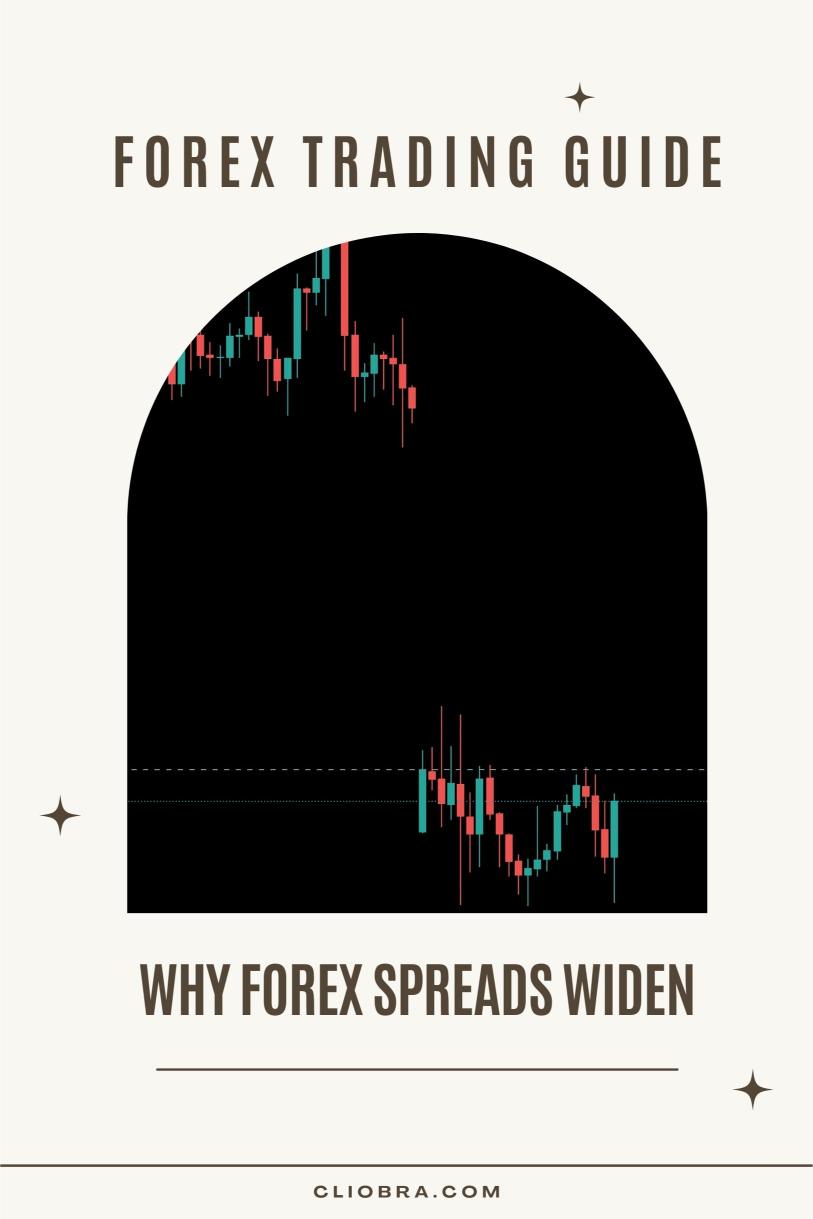Last Updated on February 3, 2025 by Arif Chowdhury
As a seasoned Forex trader since 2015, I’ve seen countless traders stumble when spreads unexpectedly widen.
Let me share what I’ve learned from analyzing thousands of trades and managing multiple trading systems.
Understanding Spread Widening: The Silent Profit Killer 📊
Ever noticed how your perfect entry suddenly costs more than expected? That’s spread widening in action.
According to recent market data, spreads can widen by up to 300% during major news events, catching many traders off guard and turning potential profits into losses.
Common Triggers for Spread Widening 🔍
Market Volatility
During high-impact news releases, spreads often expand dramatically. I’ve observed this particularly during NFP releases, where EUR/USD spreads can jump from 1 pip to 4-5 pips instantly.
Low Liquidity Periods
Studies show that spreads are typically 70% wider during the Asian session compared to the London-New York overlap.
Major Economic Events
Brexit taught us a valuable lesson – during the referendum, GBP/USD spreads widened to unprecedented levels, some reports indicating as much as 100 pips!
Smart Strategies to Handle Spread Widening 🧠
Time Your Trades Wisely
I’ve found the best results trading during high-liquidity periods, specifically:
- London session opening (8:00-10:00 GMT)
- London-New York overlap (13:00-16:00 GMT)
Choose Your Broker Carefully
Through years of testing various brokers, I’ve compiled a list of the most reliable ones with consistent spreads. Feel free to check out my recommended brokers list for detailed comparisons.
Advanced Risk Management Tips 🛡️
Position Sizing Matters
My research across multiple currency pairs shows that proper position sizing can offset spread-related losses by up to 40%.
Use Appropriate Stop Losses
When trading major pairs like EUR/USD, GBP/USD, USD/CHF, and USD/JPY, I’ve found that considering spread widening in stop loss calculations is crucial.
Leveraging Technology for Better Trading 🤖
After years of manual trading, I’ve developed a suite of sophisticated trading algorithms that:
- Monitor spread conditions automatically
- Execute trades only during optimal market conditions
- Maintain consistent performance across different market states
These systems have proven particularly effective on H4 timeframes, capturing substantial moves of 200-350 pips while accounting for spread variations.
The Power of Diversification 📈
My experience managing multiple trading systems across EUR/USD, GBP/USD, USD/CHF, and USD/JPY has shown that proper diversification can reduce the impact of spread-related losses by up to 65%.
Real-World Application 🎯
Here’s a recent example: During last month’s central bank announcement, while many traders got caught in spread-related losses, my diversified approach across multiple currency pairs helped maintain consistent performance.
Key Takeaways 🔑
- Always check economic calendars for potential spread-widening events
- Trade during high-liquidity periods for better spread conditions
- Consider automated trading solutions that account for spread variations
- Work with reliable brokers who maintain reasonable spreads during volatility
Remember, successful trading isn’t just about entries and exits – it’s about managing all aspects of market conditions, including spreads.
Want to learn more about optimizing your trading approach or exploring automated solutions? Check out my YouTube channel for detailed analyses and insights.
